ARTICLE
Jail Carpet Weaving
A practice of weaving carpets by incarcerated craftspersons, jail carpet weaving is credited to Maharaja of Jaipur, Sawai Ram Singh II, who initiated it as an occupational therapy at Jaipur Central Jail in the 1850s and later in 1892, at the newly constructed District Jail, Chandpole Gate. Both prisons had workshop sheds where besides carpets and dhurries, the craftspersons also made cotton dusters, towels, paper and bamboo goods. Prisons of Allahabad, Lucknow, Benares (now Varanasi), Fatehgarh, Agra, Hissar, Jhelum, Multan, Dera Ismail Khan, Sialkot, Peshawar and Ratnagiri were famous during the nineteenth century for their carpets and dhurries.
This practice was adopted by the British who began to import the carpets; they were used to decorate palaces, guest houses, hotels, government offices and bungalows.The 1851 London Great Exhibition showcased carpets from India, generating curiosity among the European importers. Subsequently, the Delhi Exhibition of 1902 dedicated a special section to the jail carpets and Yerwada Central Prison, Pune was honoured with a silver medal for its cotton dhurries. Due to the exposure afforded during these exhibitions, the demand for prison carpets rose especially because these were much cheaper in comparison to carpets sourced from Persia (now Iran) and Turkey.
The weavers used cotton yarn, which was sourced from the local market, imported from Ahmedabad or from other larger prisons such as the Bikaner Central Prison, Rajasthan which was known for its woollen yarn. Weavers were encouraged to weave a symbol, name or initial on the carpet to indicate its provenance. For example, ACP was woven to imply Ahmedabad Central Prison. Symbols and motifs were also specific to some prisons; the serpent-and-hand motif was popular in the Ahmedabad Central Prison. Weavers were also instructed to attach a handwritten label to each carpet which would serve as a price tag.
The designs were initially taken from Maharaja Sawai Ram Singh’s royal collection and later copied from Persian and Turkish carpets. Woven outdoors in open courtyards and on handlooms, some prisons like Bikaner Central Prison had metal looms as large as 90-feet. The process of training a prisoner would vary from over six months to about two years and the initial training lessons would require the craftsperson to create simple stripes, then graduate to making a chessboard pattern and slowly giving way to complex patterns. If the craftsperson worked for about eight hours in a day on a simple dhurrie, they would be paid a labour fee of four annas. To meet the growing demand, the craftspersons were discouraged to opt for complex designs and quality. The carpets made in the jail workshops impacted and slowed down local, private manufacturers who couldn’t compete with the price and quantity set by the jail authorities. Moreover, the dhurries were created in extremely unfavourable conditions of the prison where food was insufficient and the treatment was harsh. An unyielding caste system was prevalent in the prisons which did not allow prisoners belonging to non-dominant castes, such as Sargars and Nayaks, to be trained. Some prisoners were not offered any food and had to depend on public donations for sustenance as was the case at the Bikaner City Jail in 1872. These factors contributed to a decline in demand for the carpets post-1929.
The jail carpet weaving industry remained operational even after India’s independence from British rule. According to the 1961 census report, the Jaipur Central Jail had employed thirty-five prisoners to make carpets. Additionally, the Yerwada prison, Pune, continued to weave dhurries till the late 1900s employing cotton and synthetic yarn. Today, organisations such as Jaipur Rugs Foundation (JRF) are working closely with the inmates of Jaipur Central Jail and Bikaner Jail to ensure favourable working conditions and support to the craftspersons engaged in this craft.
Bibliography
Our website is currently undergoing maintenance and re-design, due to which we have had to take down some of our bibliographies. While these will be re-published shortly, you can request references for specific articles by writing to hellomapacademy@map-india.org.




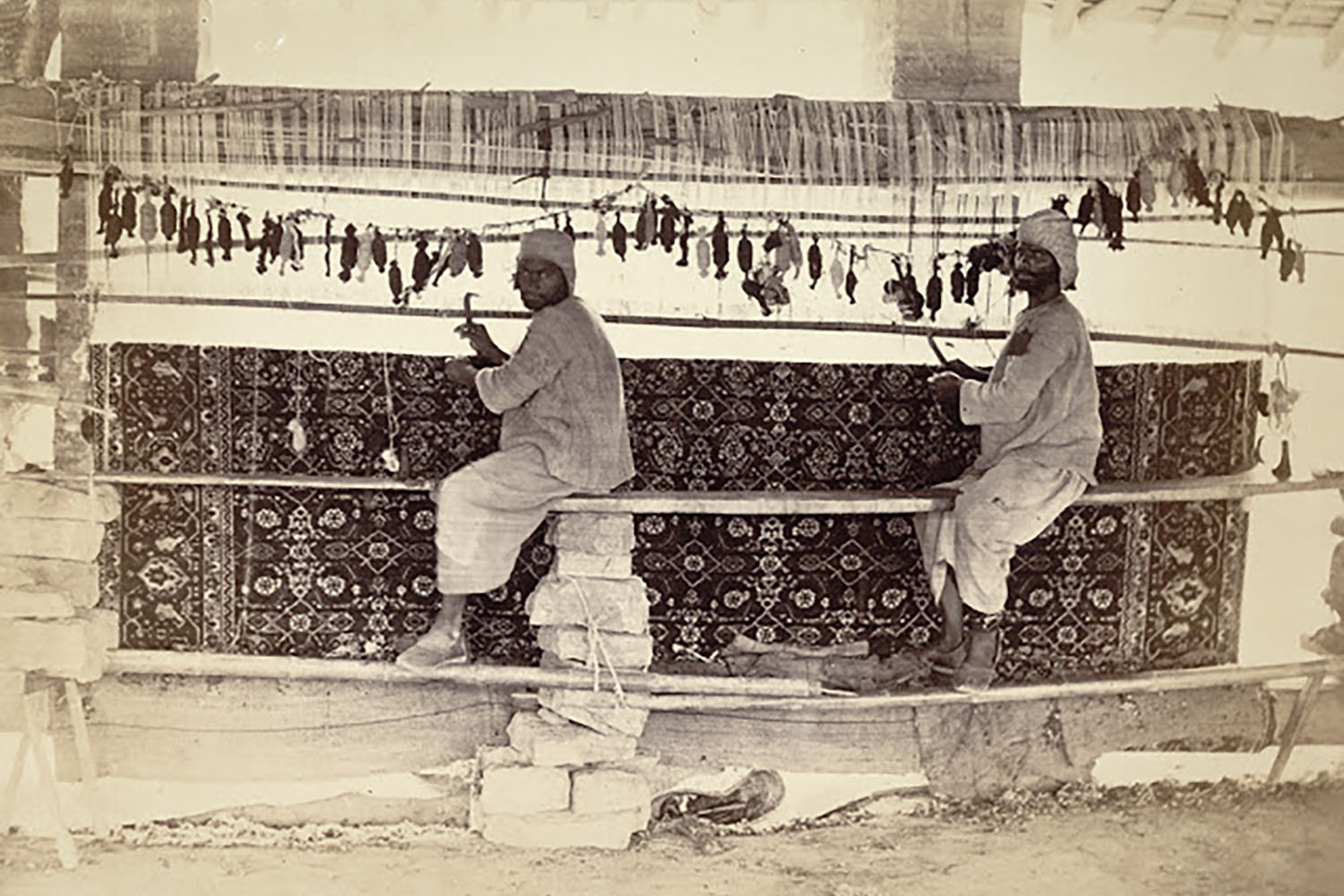
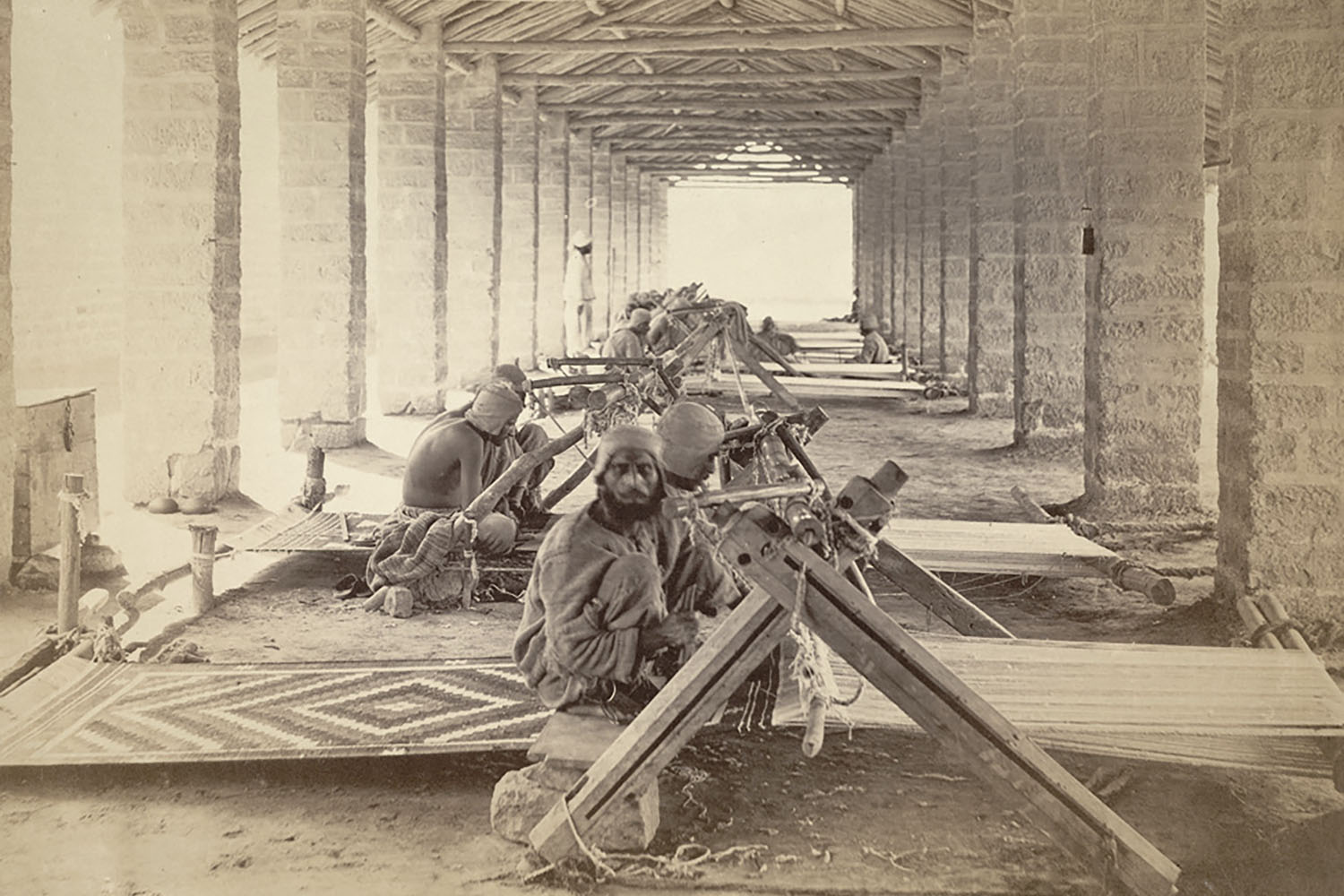
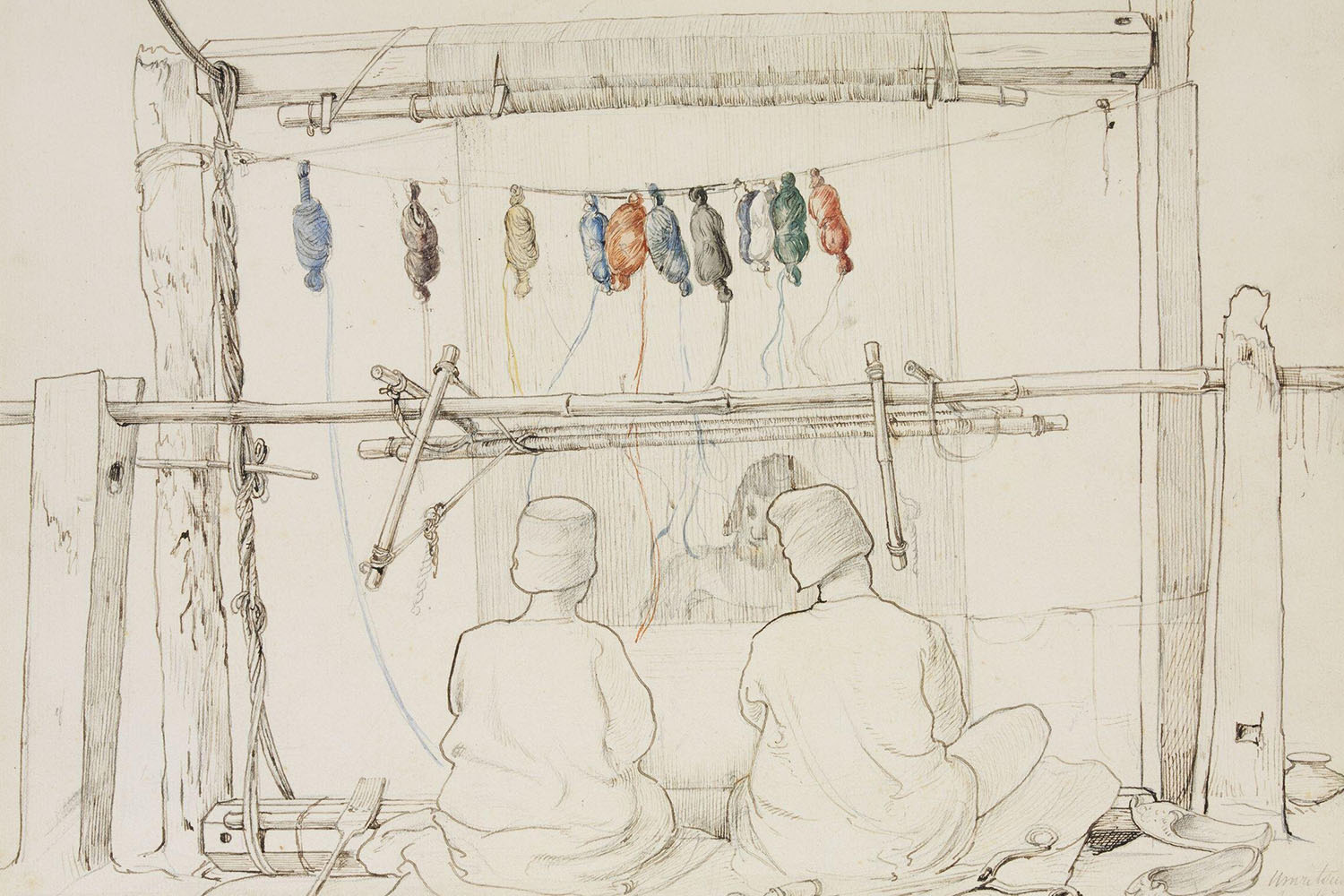
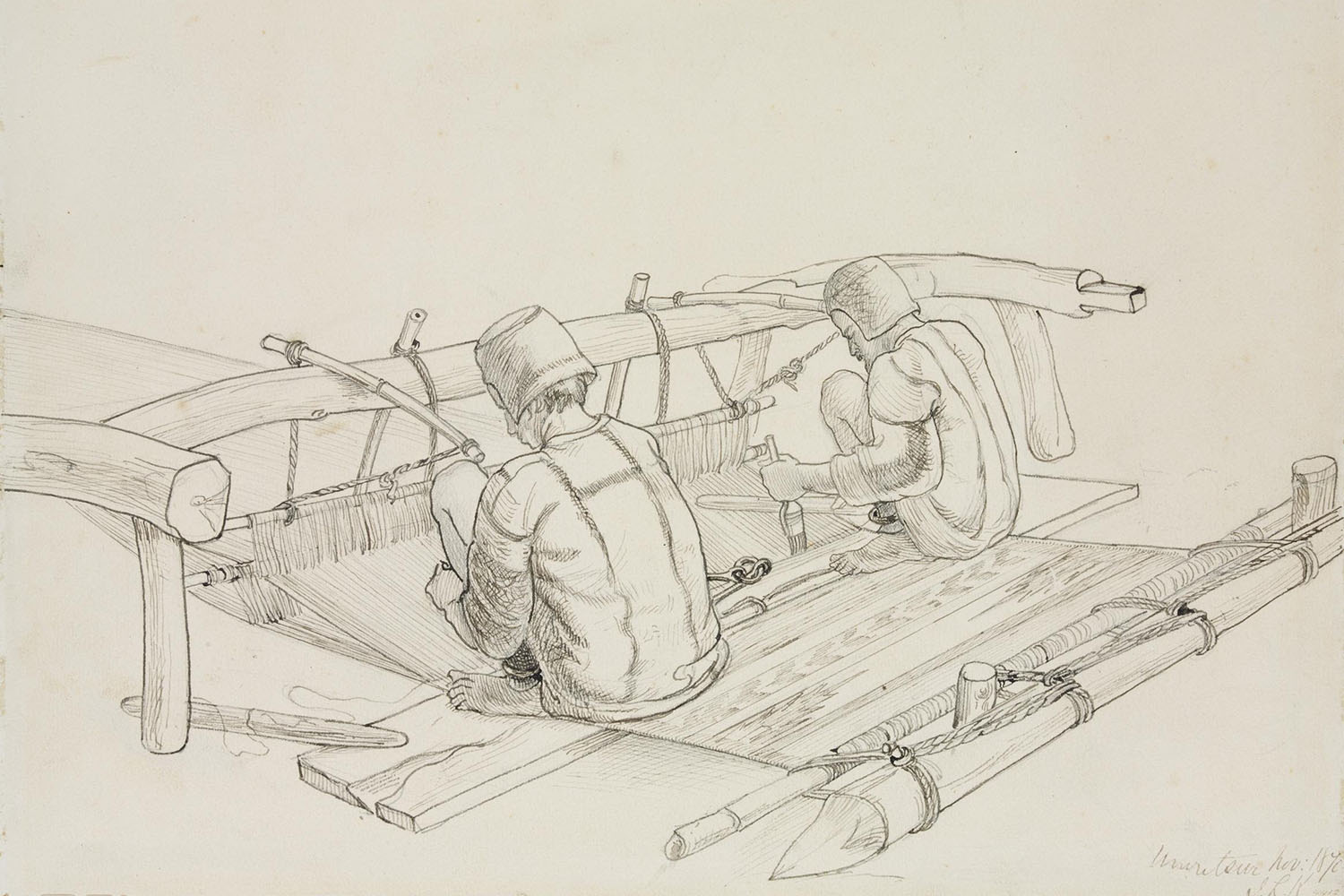
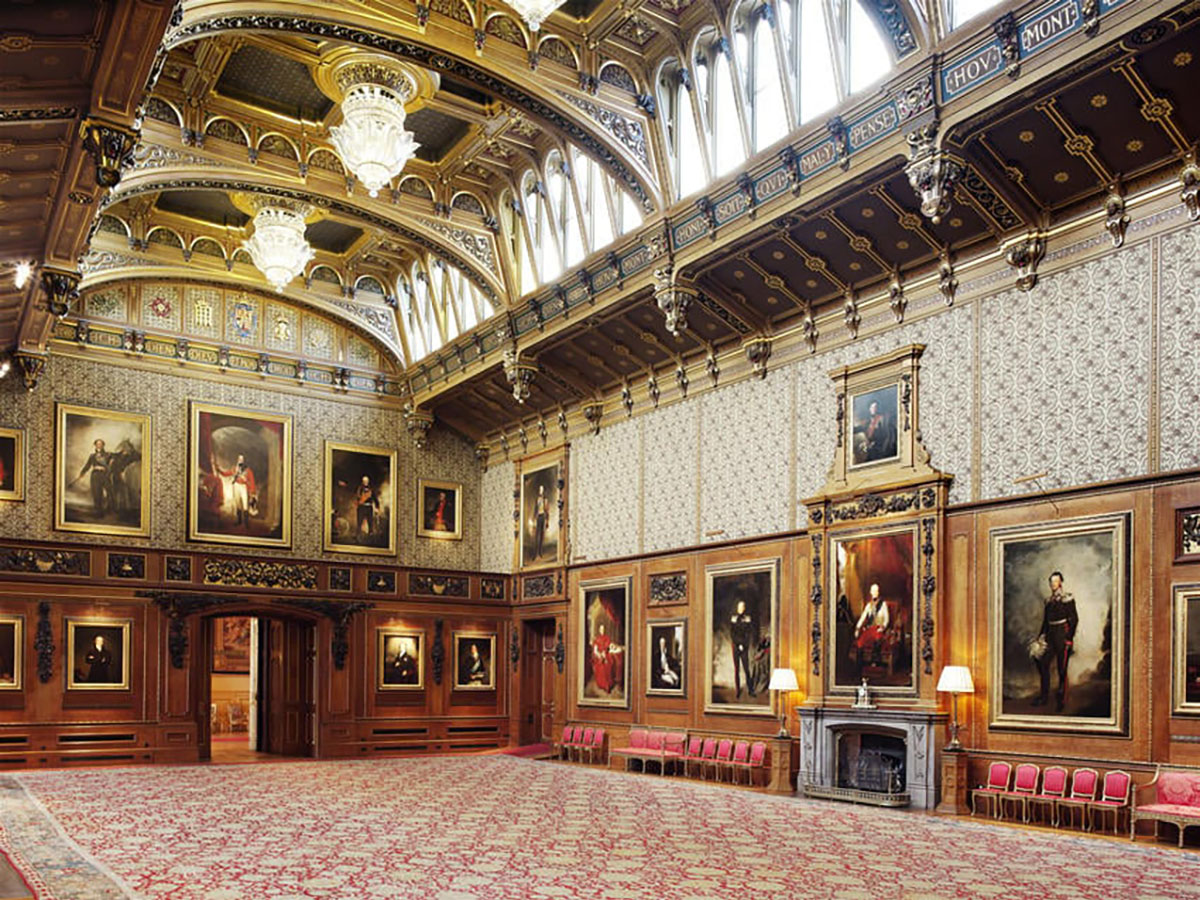
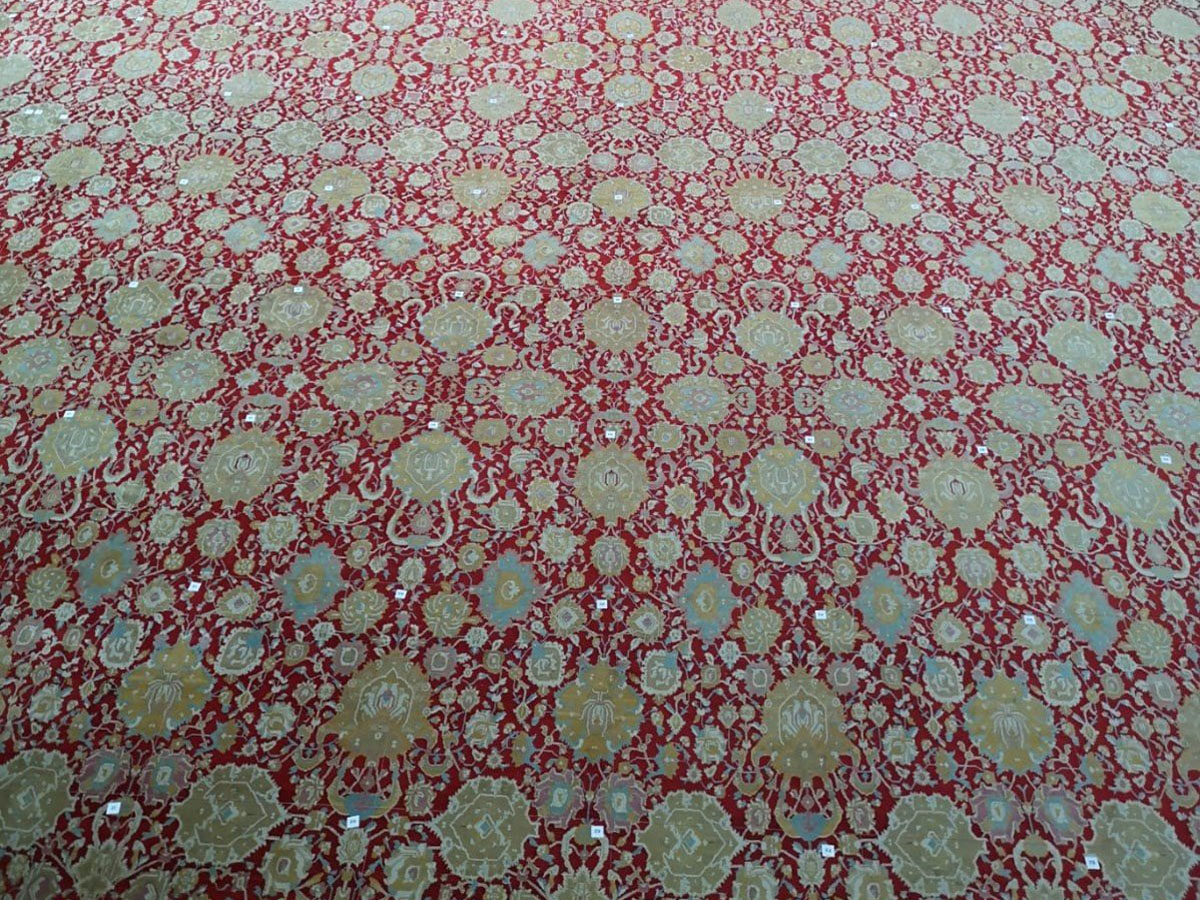

![The façade of the Maneckji Seth Agiary, a Zoroastrian fire temple, is a standout example of the popularity of the Persian Revival Style in Western India in the 19th and 20th centuries. This style was often seen in the architectural patronage of the Parsis, who emerged as one of the most influential mercantile communities of British India. Popular motifs of this style, like the mythical lamasus (winged bulls with human heads) and the faravahar (a winged guardian spirit in Zoroastrianism), drew on the historical art and architecture of the Achaemenid and Sasanian empires from sites like Persepolis, Bisotun, Taq-e Bostan, Naqsh-e Rostam and Naqsh-e Rajab in Persia.
The Parsi community’s adoption of this style occurred largely due to their networks of global commerce and politics, allowing them to access and translate research of ancient Persia into visible symbols that underlined their association with antiquity, imperial power, and art.
نمای آتشکدهی زرتشتی مانِکجی سِت نمونهی بارزی از رواج سبک «احیای [معماری] ایرانی» در غرب هند طی سدههای نوزدهم و بیستم است. این سبک غالباً در بناهایی دیده میشد که پارسیان، از بانفوذترین جوامع بازرگان در هند بریتانیا، بانیشان بودند. نقشمایههای محبوب این سبک، مانند گاو بالدار اساطیری (لاماسو) و فَروَهَر (روح بالدار نگهبان در دین زرتشت)، برگرفته از هنر و معماری شاهنشاهی هخامنشی و ساسانی، در جاهایی چون تخت جمشید و بیستون و طاق بستان و نقش رستم و نقش رجب، بود.
اقتباس جامعهی پارسیان از این سبک بسیار مرهون روابط گستردهی تجاری و سیاسی آنها بود که دسترس به پژوهشها دربارهی ایران باستان و برگردانیدن آنها به نمادهای بصری را ممکن میکرد و بر پیوند پارسیان با دوران باستان و قدرت شاهنشاهی و هنر تأکید میکرد.](https://mapacademy.io/wp-content/plugins/instagram-feed/img/placeholder.png)
